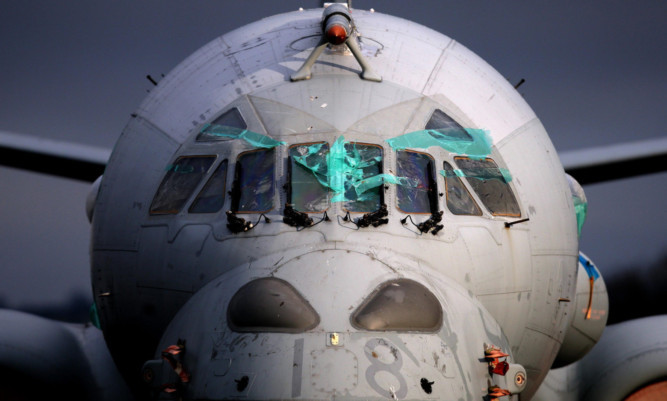Downing Street has been forced to concede that the defence budget would not be immune from further cuts in the next public spending round.
David Cameron on Wednesday appeared to indicate that the Armed Forces would be spared further pain in the forthcoming spending review for 2015/16.
Briefing journalists travelling with him to Algeria and Libya, the Prime Minister said he did not “resile” from comments he made at the time of the 2010 Strategic Defence and Security Review, when he said the defence budget should start to rise again in real terms “in the years beyond 2015”.
But the Prime Minister’s spokesman insisted that he had been referring to the 2016/17 financial year and beyond, and not 2015/16.
“As his remarks at the time made clear, in the years beyond 2015 means starting in 2016. To suggest otherwise would be quite wrong,” the spokesman said.
“As to the spending review announced by the Chancellor in the 2012 Autumn Statement, we are not going to pre-empt its decisions, which will be announced in the first half of this year.”
Mr Cameron refused to be drawn on the possibility of defence cuts in the 2015/16 review.
“We have the fourth largest defence budget in the world, and that isn’t going to change,” he said. “What matters most of all is that we make sure the budget is being spent on the things that our military need.
“Intelligence assets, transport assets, making sure we have special forces that are the best equipped in the world.
“We’ve set out our defence spending plans for the spending review period.
“We’ve also, unlike any other department, said that we’ll continue to increase spending on defence equipment ahead of inflation post-2015.”
Defence Secretary Philip Hammond made clear that the only assurance he had been given was that the equipment budget would rise in real terms from 2015.
“I have a firm commitment that the equipment plan, which is a very large part of the defence budget, will rise in real terms by 1% a year between 2015 and 2020, that’s a commitment that has previously been made and repeated since the Chancellor delivered his Autumn Statement,” he said.
“But there is going to be a spending review for 2015/16, and I will go into that arguing the case for the resources that defence needs to deliver the plan that we have set out.”
